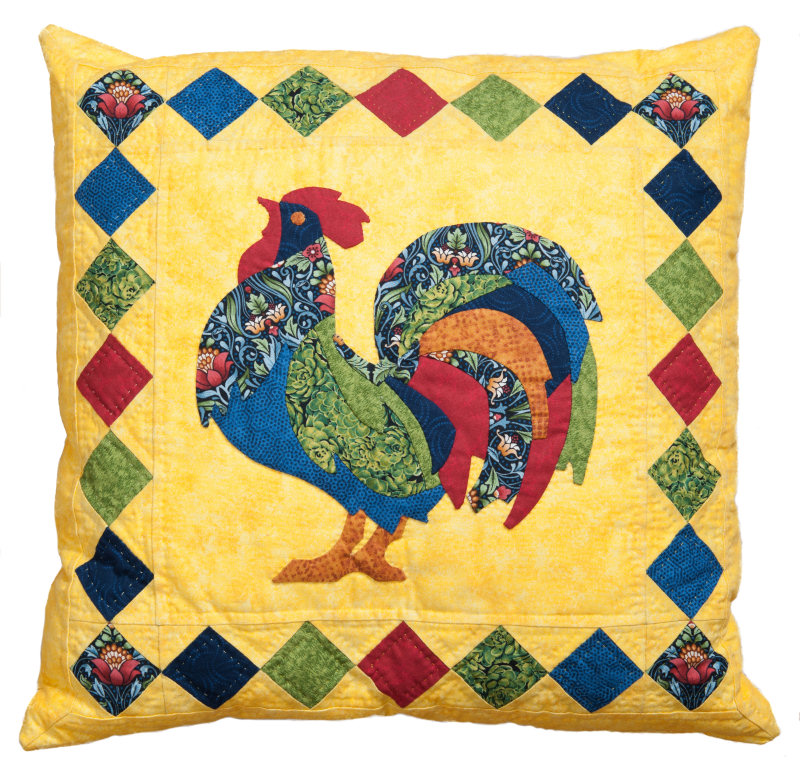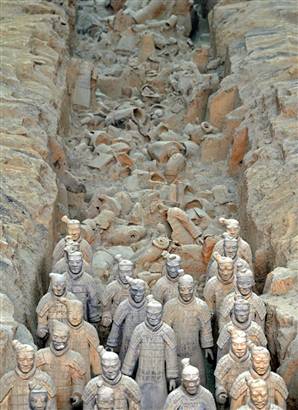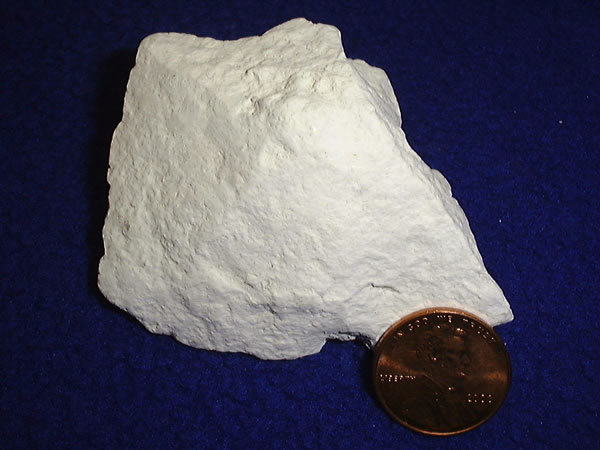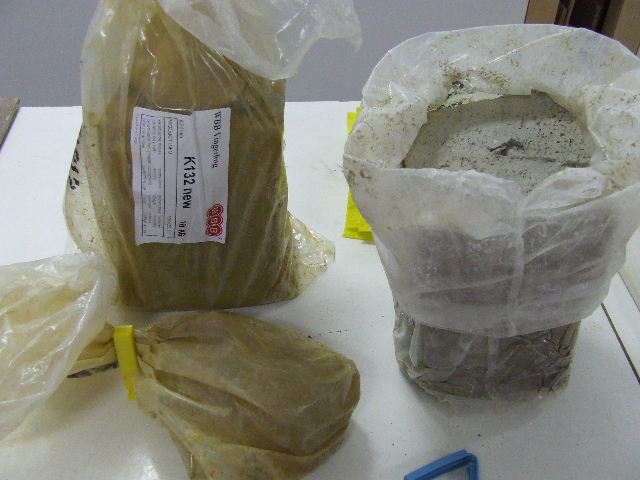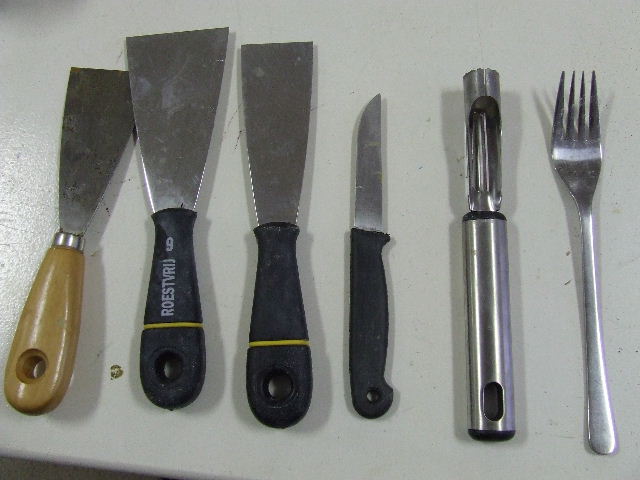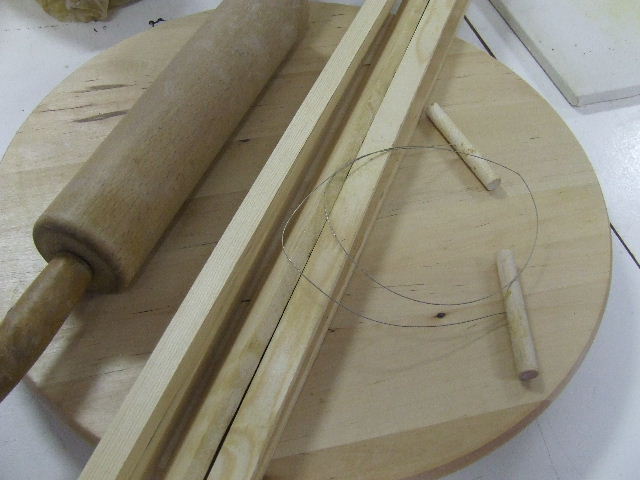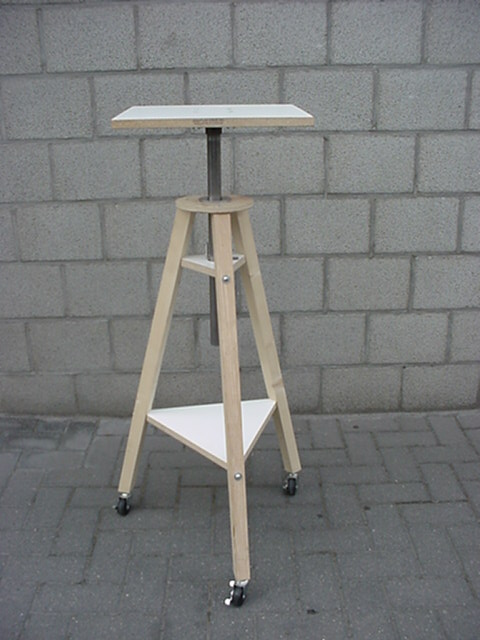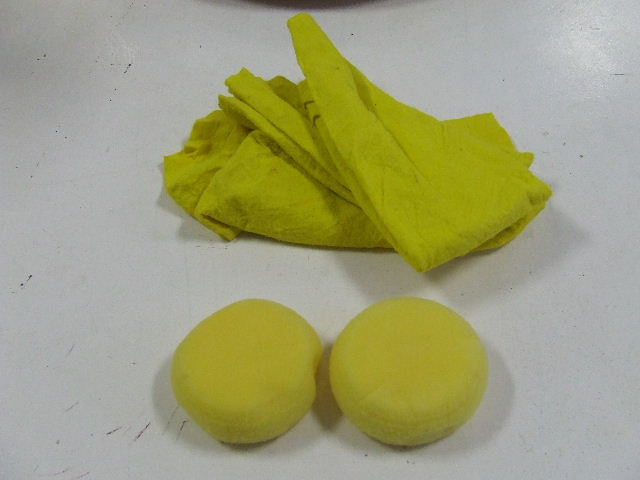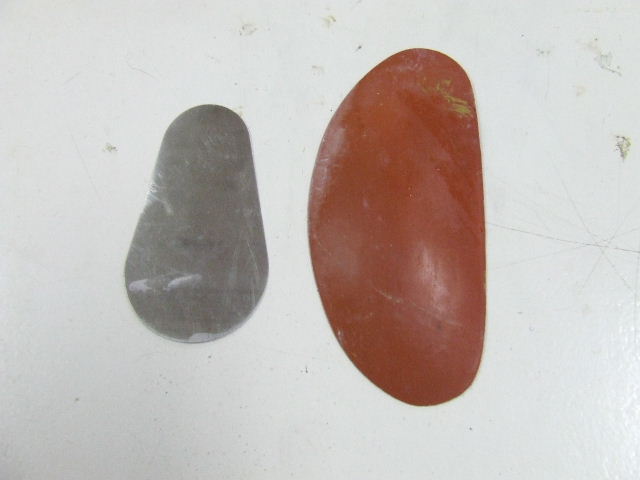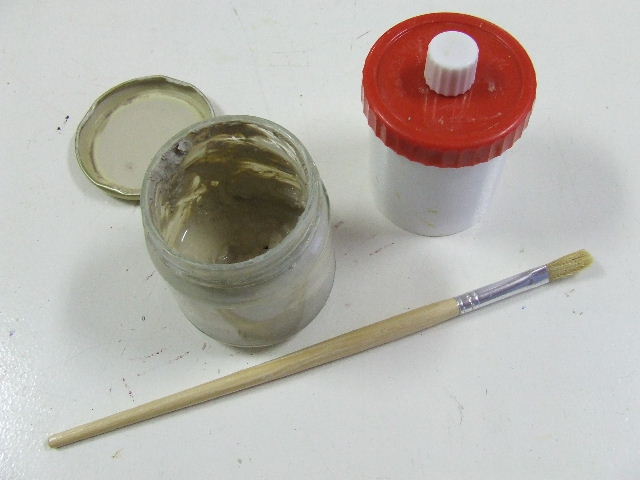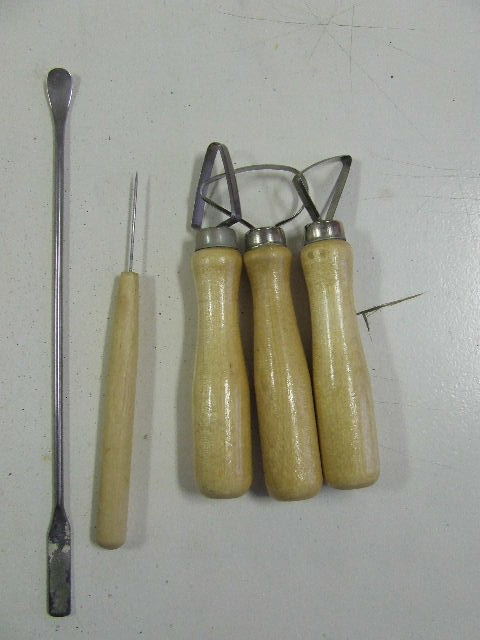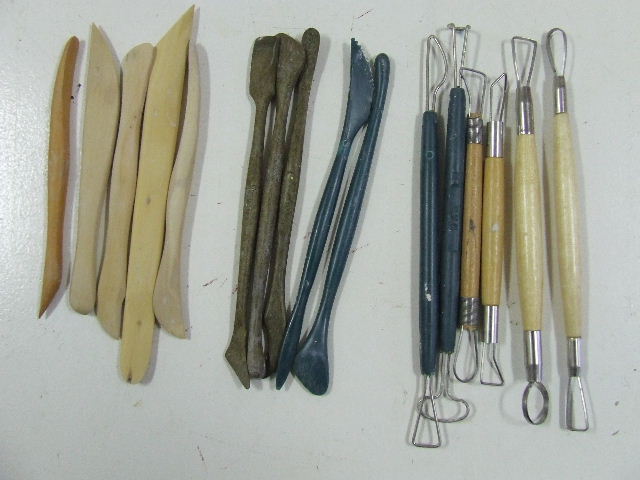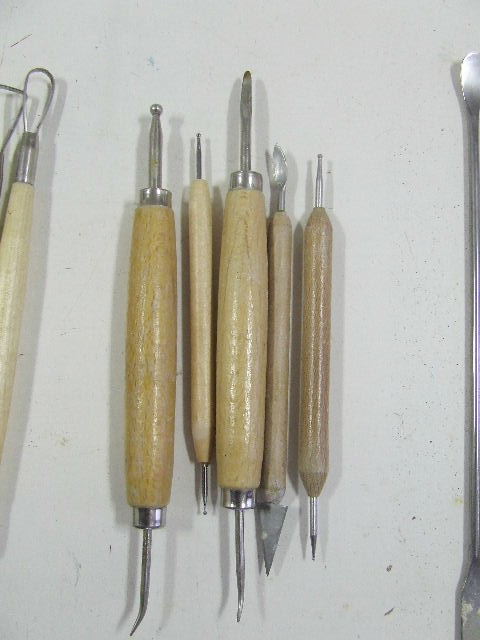The purest clay is Kaolin. Kaolin is the raw material for porcelain (porcelain clay). Washed kaolin consists of weathered granite and has very low plasticity.
Sedimentary clay - which we mostly use - can have the following composition:
- Kaolin compound, aluminum oxide, silicon oxide, water compound (Al2. Si2. O7. 2H2O) 50-80%
- Quartz Si O2 Silicon oxide or silica
- Feldspar, aluminum/silicon oxide combined with potassium/sodium/calcium oxide
- Iron oxide
- Organic matter (plant residues)
|
Clay is made up of clay platelets held together by an electrical force. Generally, water acts as a lubricant between these platelets (compare this to water between two glass plates). The better they are layered, the greater the cohesive force. This results in very plastic clay. This is referred to as long clay. Clay whose platelets are jumbled (for example, due to frost) needs to be made plastic again. We do this by kneading or simply letting the clay rest for a few months so the platelets settle back into place. Generally, fatty clay is very plastic. However, this clay dries slowly and unevenly, increasing the risk of cracks and splits.
|
There are different types of clay. Clay is usually delivered in so-called 10-kilo loaves. Some types include:
Natural Clay
This is clay that has been cleaned after extraction and can be used without additives.
Red Earthenware Clay
Also known as terracotta. It is usually an iron-rich secondary clay, red in color, fairly soft, with good plasticity and strength. Red earthenware clay is excellent for modeling, hand-building, and throwing.
Pipe Clay
This secondary clay is blue or black in color and shrinks significantly during drying and firing. Adding pipe clay to a clay loaf increases plasticity and strength. A "clay loaf" is a type of clay or a mixture of clay types. |
Porcelain Clay or Kaolin
Porcelain clay or kaolin is a primary clay. Washed kaolin consists of weathered granite and has very low plasticity. It is less glassy than pipe clay, shrinks little, and becomes white during firing. Porcelain clay is used to make the clay loaf workable and serves as a binder. In most clay loaves, it is the primary agent for achieving a white color. Additionally, it can be used as a glaze based on aluminum salts and silicates.
Fire Clay
Fire clay owes its name to its heat resistance. The properties vary from type to type; some are plastic, while others are coarse and grainy. Fire clays usually contain some iron and are found near coal seams. They are used for insulating bricks, refractory bricks, kiln interiors, and as an additive to stoneware clay to give it plasticity and high-temperature resistance.
Stoneware Clay
Smooth, plastic stoneware clays from sedimentary rock are resistant to high temperatures. They are usually pale yellow, gray, or light brown in color. Stoneware clay cannot be used without additives.
Bentonite
This extremely fine and plastic clay originates from volcanic ash. Bentonite is added to clay loaves to improve plasticity.
One of the most used clay types is Chamotte. There are two types:
- Chamotte-Fine for ceramic forms with a wall thickness of up to 4 cm. This contains grains up to 0.5 mm thick.
- Chamotte-Coarse for larger modeling forms. This contains grains from 0.5 mm to 2 mm thick.
The advantage of these coarse grains is:
- The shard remains porous, promoting water transport (pore water and crystal water) up to 900°C.
- The clay dries more evenly, reducing the risk of cracks.
- Due to the water transport, the kiln can be fired faster, reducing the risk of firing cracks.
- During kneading, the chamotte gives the clay firmness.
|
| When working with clay, you don’t need much equipment or materials. Many tools can be found around the house. For example, a simple paring knife can go a long way, and a putty knife is also frequently used. Additionally, you can use apple corers for making holes and forks for carving patterns and edges. |
A turntable can be very useful. You can, of course, buy the intended turntables in a specialty store, but if you’re just starting and want to see if you enjoy modeling, you can also buy a cheap turntable for the kitchen at IKEA. This works perfectly fine for beginners. You can build your piece on this turntable and easily view it from different angles while working. Small slats and a rolling pin for making clay slabs are also very handy. A clay cutter is essential as well, which you can easily make yourself by attaching a sturdy wire to two dowels to serve as handles.
|
A modeling stand is mainly needed when modeling from observation. You need to have your piece at about chest height to work comfortably. If you work at a table, you’re looking down on it, making it difficult to judge if all shapes and directions are correct.
|



